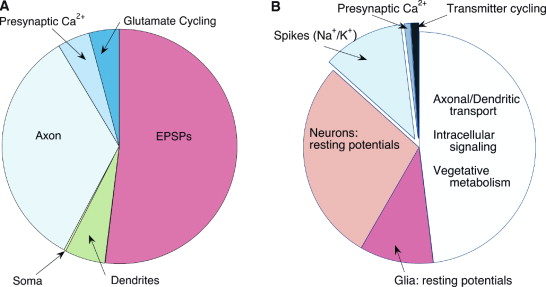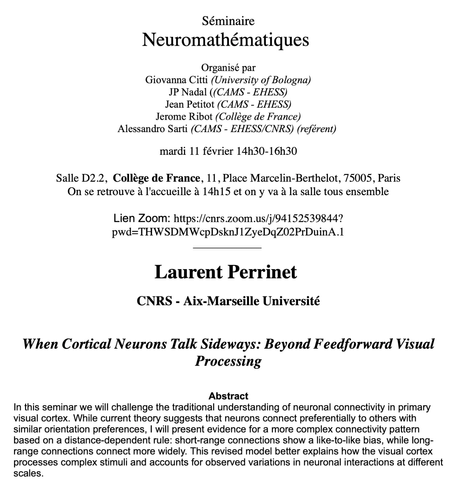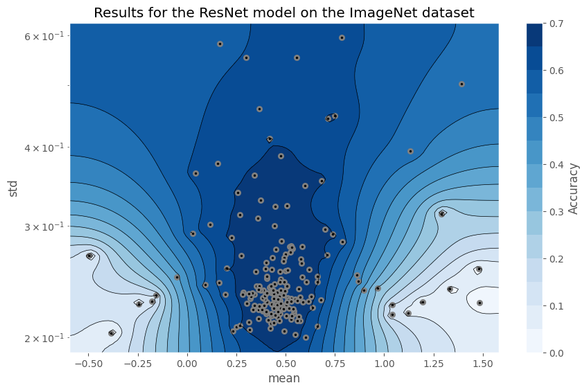#generativeAI experiment : for the page of software package, I am trying to generate a woman computer vision scientist in a superman costume...
I tried different ways to force the generated images to depict a woman, but with no success : I only get the same male scientist!
#generativeart #generativeAI #bias #diversity
model = gemma3 / mflux / pinokio / exact prompt: "Ultra High Resolution low angle shot photo of a 50-year-old female computer vision woman scientist -be sure it is a female scientist- with rectangular, wire-rimmed glasses, a slight five o'clock shadow, and a determined expression, wearing a meticulously crafted Superman costume – the suit is slightly rumpled, hinting at a quick change, with the 'S' shield subtly askew, the red panties visibly worn on top of the costume and which should be very visible from that low angle shot, and a faint outline of a light blue, collared shirt visible at the neck – dynamically posed mid-jump, arms outstretched, legs powerfully propelling him forward, against a backdrop of a bustling New York City rooftop at golden hour, jagged skyscrapers piercing a dramatic, cloud-streaked sky of fiery oranges and deep purples, the setting sun casting long, dramatic shadows and a warm, golden glow on the scene – captured with a Nikon D850 and a 24-70mm lens at f/2.8, ISO 200, and a fast shutter speed of 1/2000 to freeze the action, emphasizing the power and energy of the jump – the scene evokes a sense of playful determination and unexpected heroism, inspired by the cinematic style of Gregory Crewdson, with a focus on realistic lighting, detailed textures, and a slightly unsettling yet captivating atmosphere – the air is filled with a gentle breeze ruffling the red cape and graying hair, creating a sense of movement and energy, dust motes catching the golden light – subtle reflections of the city lights gleam on the polished surface of the buildings and the scientist’s glasses – award-winning, epic composition, ultra detailed"




